

For any queries regarding our merger, please read boxxe & Total Computers – A Powerful Merger or contact our Customer Services Team on 0330 236 9429 or via email at letschat@boxxe.com.
| Get Future Ready - Modernise Now
IT No industry was prepared for the disruption COVID-19 caused. Although some organisations were able to act more quickly than others to support remote workers and sustain business operations, even those with sophisticated digital capabilities faced challenges with scalability and interrupted supply chains.
As a result, businesses across industries had to swiftly pivot to build new digital competences if they wanted to not only survive but compete. Today, they’re accelerating digital transformation initiatives despite economic uncertainty. They’re moving beyond simply responding or adapting, to accelerating innovation so they can seize any new opportunities that arise.
And to achieve all this, they’re modernising both apps and infrastructure while moving to
the cloud.
App modernisation drives digital transformation
App modernisation makes it possible for enterprises to continuously change and improve applications at a pace that keeps up with their rapidly shifting business needs. This usually involves using container technology. Containers allow enterprise developers to deploy applications using portable, lightweight packaging. App modernisation also
includes using the cloud to achieve programmatic control of infrastructure, both virtually
and remotely. It is the combination of both packaging and on-demand infrastructure
services that allow developers to use Agile development practises and automated release processes to quickly and frequently update application features. Kubernetes is a popular choice for automating deployment to production and orchestrating container run time at scale to achieve high availability.
In combination, containers, cloud and Kubernetes make it possible for developers and IT to work together to meet digital business requirements.
Cloud brings it all together
Modern apps require modern infrastructure. And for most organisations, that means
adopting hybrid cloud infrastructure. And it’s not just about efficiency and scale; it’s about changing the way that IT services are delivered and consumed, with flexibility to deploy workloads where it makes sense from both business and technical requirements.
This white paper explores how a hybrid cloud ties together IT elements as a cost-efficient and productive strategy. It provides a reference architecture detailing all of the necessary layers. With this information, your team can deliver standardised, on-demand services that are platform- and environment-independent, and deliver developer-ready infrastructure services for all types of applications to not only withstand whatever happens next, but turn it into competitive advantage.

| Hybrd Cloud Reference Architecture
Hybrid cloud is the optimal model for modern business, and is the preferred environment for the vast majority of today’s IT organisations. According to Enterprise Strategy Group, 88% of enterprises currently have a hybrid cloud environment—a number that will continue to rise in the next 12 to 24 months.1
Hybrid cloud is defined as a combination of on-premises data centre, cloud, and edge IT environments that have been unified to support consistent operations. It’s important to understand that cloud is an operating model that can utilise either public or private cloud infrastructure. Although 70% of IT organisations recently surveyed are actively engaged in migrating existing applications to public cloud, they are also planning to deploy nearly half (47%) of their new cloud-native workloads to private cloud.2
But the hybrid cloud infrastructure is just the beginning. You need other capabilities layered on top of it: application operations, IT service delivery, and operational efficiency.
You need these to enable:
- Rapid application delivery and observability
- Flexible consumption of IT services
- Consistent operations
The reference architecture in Figure 1 illustrates key capabilities delivered by a single-platform hybrid cloud solution.
You need these to enable:
- Rapid application delivery and observability
- Flexible consumption of IT services
- Consistent operations
The reference architecture in Figure 1 illustrates key capabilities delivered by a single-platform hybrid cloud solution.
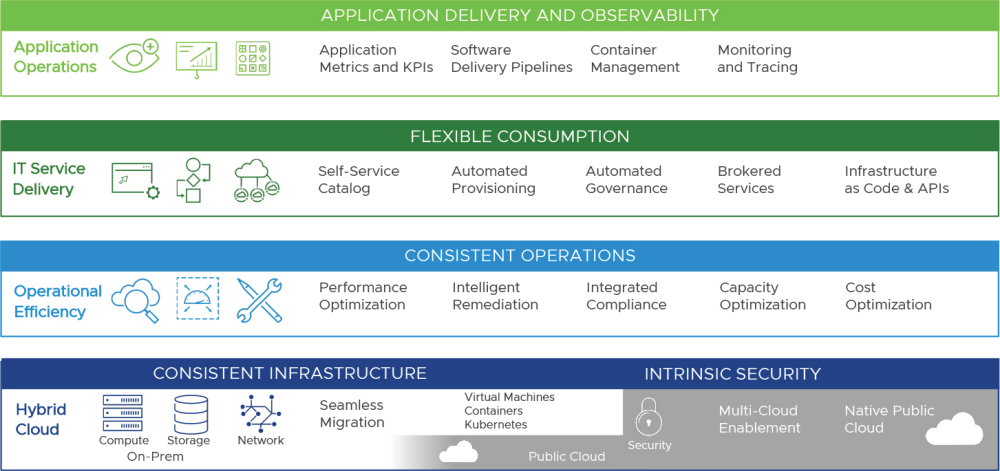
FIGURE 1: Hybrid Cloud Reference Architecture
- Enterprise Strategy Group. “Exploring Hybrid Cloud Adoption and the Complexity of Securing East-West Traffic,” January 2020
- Management Insight Technologies. “VMware Research Snapshot: The State of Application Modernisation and Hybrid Cloud Computing,” January 2020 (N=1205)

Application delivery and observability
At the top level of the reference architecture—the application operations level—your
organisation needs the ability to swiftly make a broad spectrum of changes to application operations. Specifically, you need to be able to:
- Rehost – Perform “as is” workload migration to the cloud without changing architecture or code
- Replatform – Be able to containerise traditional workloads to increase agility and
standardise automated development and deployment tool chains - Refactor – Utilise cloud-native and microservices architectures by rewriting or writing new code
Flexible consumption
leveraging the instant agility and scale of public cloud providers while using familiar tools and processes. This leads directly to:
- Self-service – Your developers and line-of-business application owners can access
resources from both on-site and public cloud environments with the cloud self-service delivery capabilities and programmatic API interfaces they have come to expect - Strong governance – With hybrid cloud, you can link policies to each application which ensures consistent adoption wherever workloads are deployed and managed
- Reduced costs – Your organisation can improve on-premises cloud capabilities and shift from siloed infrastructure-oriented operations to a service-broker capability that delivers the same interactions with IT, regardless of where applications are deployed. This drives efficiencies of scale and thus lower costs.
Consistent operations
At the operations layer of the hybrid cloud reference architecture, your organisation can deploy a single cloud operating model for securing, governing, and operating the entire hybrid cloud. This is where you benefit from the significant efficiencies of extending a single, proven model everywhere because you have:
- Standardized services – A single model for security, governing, and operating the entire hybrid cloud
- Automated service delivery – Greater agility and productivity, and the elimination of operational bottlenecks created by legacy infrastructure
- Optimised infrastructure and resource utilisation – The ability to get more out of your existing investments in teams, processes, policies, and skills by extending to the cloud
Consistent infrastructure
Finally, at the infrastructure layer, your organisation can leverage a cloud operating model that is based on a standardised solution stack across multiple environments. No retraining or retooling required because the hybrid cloud infrastructure is:
- Software-defined – Bringing siloed resources together into a holistic, software-defined system allows consistent operations through a single management interface
- Automated and orchestrated – Streamlining and standardising service delivery makes IT both more agile and efficient
- Flexible deployment – With options for on-premises, hosted provider, and public
cloud—with software-defined and automated control of all underlying resources

| Hybrid Cloud Supports Strategic IT Initiatives
A single hybrid cloud operating model builds on existing, proven capabilities for supporting the most demanding and essential applications in the world. It also enables your organisation to tap into powerful emerging IT innovations. Here are some ways that one platform for hybrid cloud can advance your strategic initiatives while also enabling your organisation to get the most out of your existing IT investments.
Modernise your data centre with cloud
Massive opportunities still exist for your IT organisation to improve the capacity, efficiency, and operations of your on-premises data centre(s). By extending proven virtualisation to storage and networking, and managing infrastructure resources together (rather than in silos) your organisation can create complete software-defined data centres that reduce IT complexity. Hyperconverged infrastructure (HCI) significantly improves resource efficiency and makes resources more easily consumable. By adopting a hybrid cloud operating model, you quickly transform traditional IT offerings into as-a-service ones through service blueprinting, self-service, and rich APIs for developers, further increasing IT agility.
Tap into public clouds
Although cloud strategies initially involved migrating a target percentage of on-premises applications to the cloud, today’s hybrid cloud strategies are more nuanced. A hybrid cloud extends your cloud model to traditional IT, delivering:
- Pay-per-use pricing by linking on-going costs to operational expenses (OpEx) instead of capital expenses (CapEx)
- At-scale service delivery for temporary but resource-intensive use cases
- Data centre consolidation or evacuation
- App development in cloud, app production on premises
- Cross-environment disaster recovery
Automate your service delivery
Automated service delivery is the hallmark of cloud, reducing IT burdens and speeding your operations. With hybrid cloud, you transform how IT services are consumed because automation streamlines and standardises service delivery.
Automate service consumption with developer-ready infrastructure
With hybrid cloud, your team can ensure developer-ready infrastructure can be automatically consumed as cloud services as part of DevOps, Agile, and CI/CD methodologies. Additionally, you can enable abstraction and API interfaces for programmatic consumption of infrastructure services in a way that powers faster and more frequent development of new app features.
Modernise your apps
Modernising infrastructure and applications accelerates the speed and ease of developing new apps as well as updating existing ones. Through containers, your developers can deploy their applications with portable, lightweight packaging while hybrid cloud gives them programmatic control of infrastructure both virtually and remotely. The combination of containers, cloud infrastructure, and integrated CI/CD, tools allows your developers to ship rapid incremental changes to applications to meet continuously changing business needs.
Embed security
Although seamlessly scaling applications between data centres and cloud has immense advantages, securing hybrid solutions is increasingly complicated. And more so for organisations that try to secure applications by “bolting on” multiple point security products that solve niche problems. A future ready hybrid cloud embeds security intrinsically into the infrastructure, enabling your IT organisation to apply security policies that follow workloads, and are not limited to infrastructure boundaries. This ensures your security policies scale with applications as they extend from the data centre to the cloud or to the edge.

| VMware Cloud Foundation
Hybrid Cloud from VMware
VMware Cloud Foundation™ is the ubiquitous hybrid cloud platform built on full-stack hyperconverged infrastructure.
It provides a complete set of secure, software-defined services for compute, storage, network security, Kubernetes management, and cloud management. The result is agile, reliable, and efficient cloud infrastructure that offers consistent infrastructure and operations across private and public clouds.
VMware Cloud Foundation™ with VMware Tanzu™ now integrates Kubernetes to deliver infrastructure services for developers, and cluster management and container workload orchestration for IT administrators. As a result, both virtual machine (VM) and container workloads are treated as first-class citizens, giving developers a compliant and conformant API interface, and IT administrators trusted and familiar tools and operating processes for systems management.
Hybrid and Multi-Cloud
VMware has built some of the largest and most successful private and hybrid clouds in the world. Now, VMware is making hybrid cloud and multi-cloud a reality by introducing VMware Cloud on all major cloud provider platforms.
The same VMware Cloud Foundation deployed in your data centre is available as a VMware managed service as VMware Cloud™ on AWS. It is also offered by the leading global hyperscalers as Google Cloud VMware Engine, IBM Cloud for VMware Solutions, Microsoft Azure VMware solution, and Oracle Cloud VMware Solution. And, more than 200 VMware Cloud Provider Program partners offer VMware Cloud Verified hybrid cloud compatible services on the same VMware platform.
VMware Cloud Foundation delivers enterprise agility, reliability, and efficiency for customers who have private, hybrid, and multi-cloud strategies.


| VMware Hybrid Cloud Value
By modernising both applications and infrastructure and by taking advantage of cloud capabilities—specifically the VMware hybrid cloud via a single platform model—your enterprise can easy meet core IT priorities. These include agility, high service quality, minimised costs, and robust governance and security.
| PRIORITY | OBJECTIVE | VMWARE HYBRID CLOUD VALUE |
|---|---|---|
| Agility | Enhance IT responsiveness and timeliness as you deliver digital business capabilities |
|
| Service Quality | Ensure key systems are available and performing as needed for your customers, employees, and partners |
|
| Cost Optimisation | Maximize your spending efficiency, prioritized by what the business requires |
|
| Security & Compliance | Manage your risk while delivering digital business capabilities |
|
4. Ibid

| Advantages of VMware Cloud Foundation
VMware Cloud Foundation is software-defined infrastructure that helps to simplify your IT operations while also offering powerful capabilities to your storage and networking teams to secure and accelerate infrastructure and workloads across hybrid clouds. With it, your teams unlock greater agility and productivity by eliminating the operational bottlenecks of legacy infrastructure. VMware Cloud Foundation features:
- A full stack solution for simpler operations – VMware Cloud Foundation is engineered integration on HCI deployed as a software-defined platform that guarantees interoperability while simplifying adoption and migration. No more dealing with complex interoperability matrixes
- Automated deployment for faster time to market and lower risk – VMware Cloud
Foundation automates the deployment of full-stack compute, storage, networking, and management capabilities into workload domains. This level of automation enables fast, repeatable deployments while eliminating the operational cost of engineering environments with in-house skills, reducing manual misconfiguration risks - Automated lifecycle management for reduced risk – VMware Cloud Foundation
includes unique lifecycle management services that automate the Day 0 to Day 2
operations associated with cloud environment administration—from establishing a
standardised architecture to configuring and provisioning infrastructure resources in a modular, cloud-like operational manner to patching or upgrading the software stack - Integrated Kubernetes for greater efficiency – VMware Cloud Foundation with VMware Tanzu™ enable virtual machines (VM) and container workloads to be first-class citizens, which enables developer and IT administrator efficiency
Realise the value of VMware Cloud Foundation today
Calculate your estimated cost savings and get a free Total Cost of Ownership comparison report for your organisation in minutes.
Short on time?
Download the VMware Cloud Foundation Business Case to get estimated OpEx and CapEx savings across key industries and segments.
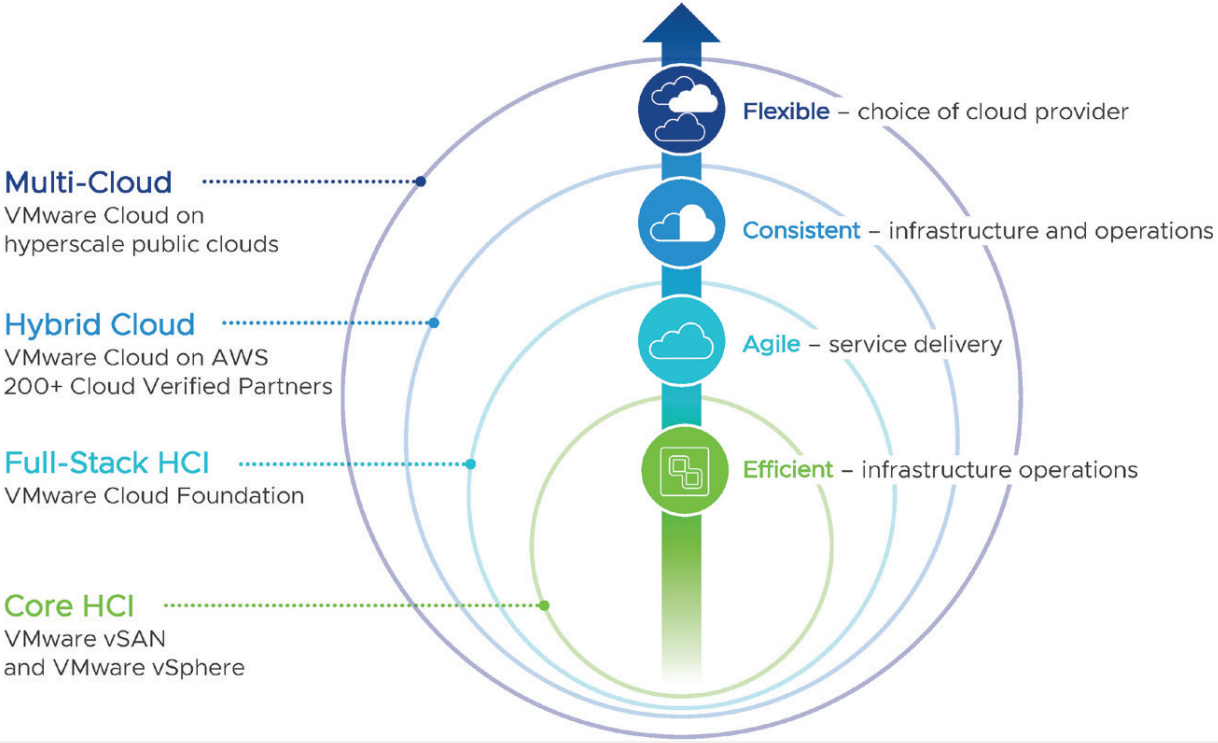
Figure 3: Modern infrastructure at your own pace
| Future-Ready with VMware Hybrid Cloud
The power of cloud to drive business value is now an acknowledged fact. And cloud adoption can help your enterprise maintain a competitive edge in uncertain times. But what type of cloud and how many? How will one or more clouds integrate with your organisation’s existing IT infrastructure and applications?
Hybrid cloud unlocks massive opportunities for your organisation without making you choose how many or which cloud today for tomorrow. By building an IT architecture around the single, VMware hybrid cloud platform that integrates data centre, cloud, and edge environments, your enterprise can accomplish three important goals.
One, you can modernise apps through microservices, containerisation, and modern Dev/Ops frameworks like Agile and CI/CD to speed up app development so that it matches the pace of your business. Two, you can modernise your infrastructure, and break down traditional infrastructure-specific silos by adopting a hybrid cloud infrastructure that includes both on-premises and public cloud components with automated, on-demand
service delivery capabilities.
Finally—and most importantly—you can leverage all this plus intrinsic security to make your businesses future ready, able to take on whatever the world throws at your organisation, and turn it to your advantage.
The VMware model for hybrid cloud, based on VMware Cloud Foundation, builds upon 20 years of success in the market and provides the ideal path forward for your business, no matter where you are today in your cloud journey, or where you want to go in the future.
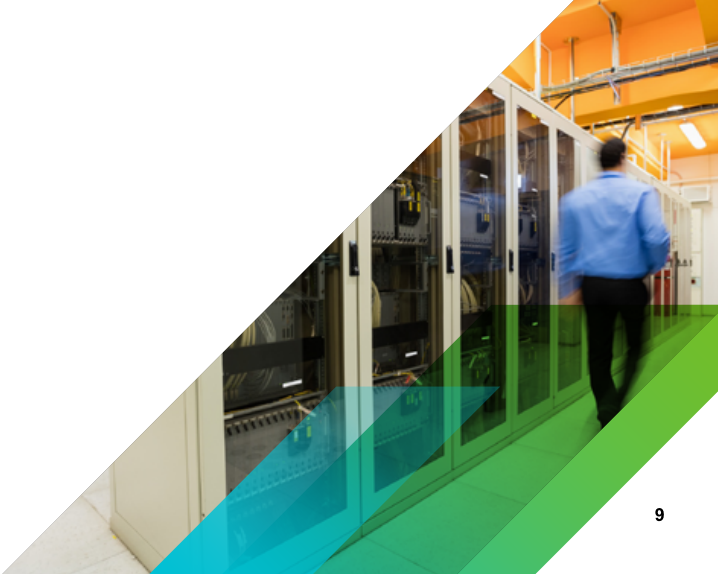
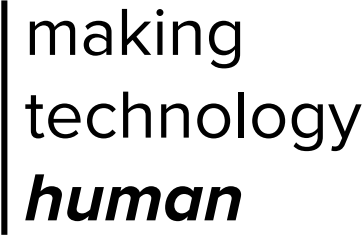
boxxe makes the global workplace habitable from a technological and human perspective. One does not overrule the other. They function efficiently and effectively together.
We believe in reciprocal adaptation: adapting technology to people and people to technology.
We aim to make organisations the best they can be through technology and by giving every person, wherever they are in the world, the confidence to use that technology to drive efficiency and effectiveness in every aspect of their working lives.
How can we help to make you the best you can be?
0330 236 9429
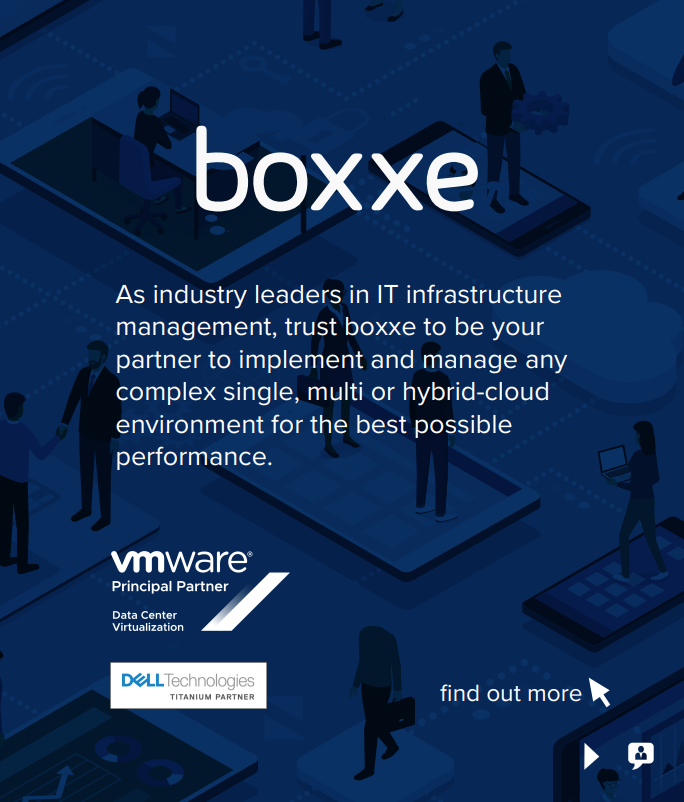

VMware, Inc. 3401 Hillview Avenue Palo Alto CA 94304 USA Tel 877-486-9273 Fax 650-427-5001 vmware.com Copyright © 2020 VMware, Inc. All rights reserved. This product is protected by U.S. and international copyright and intellectual property laws. VMware products are covered by one or more patents listed at vmware.com/go/patents. VMware is a registered trademark or trademark of VMware, Inc. and its subsidiaries in the United States and othe All other marks and names mentioned herein may be trademarks of their respective companies.
Item No: vmw-wp-hybrid-cloud-uslet-104 10/20











